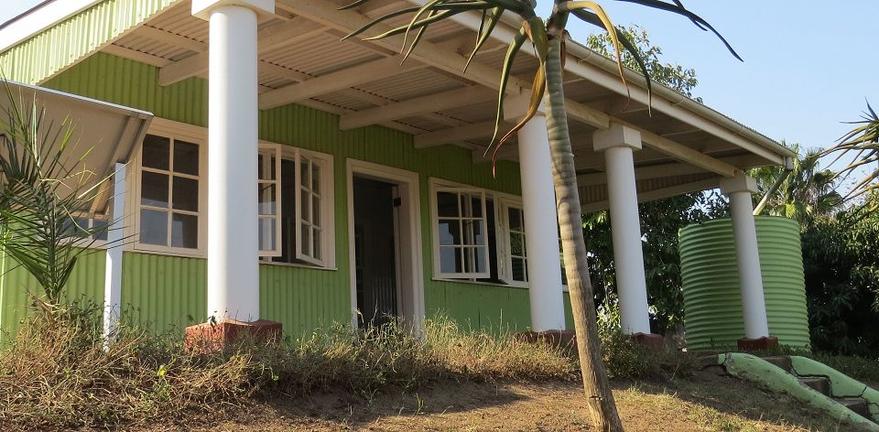Mohandas Karamchand (Mahatma) Gandhi arrived in South Africa in 1893 aged 24 on an assignment as a newly qualified lawyer. He remained in the country for 21 years, occasionally visiting India and England. While living in South Africa, Gandhi was inspired by a visit to a Trappist community in Mariannhill and by John Ruskin’s book, Unto This Last, to found a communal living system. In 1904 he chose Phoenix to establish a community based on self-reliance and the value of labour on the land for the common good. In addition to a printing press for his newspaper, Indian Opinion, Gandhi’s settlement featured a clinic, school and homes, including his cottage, Sarvodaya, meaning 'well-being for all', where he lived with his family. Although the press was burned down during the political upheaval of the mid-1980s, it was rebuilt as a museum. The display here also focuses on the International Printing Press (the name of the publishing house that brought out the Indian Opinion) and the Indian Opinion. Gandhi used the weekly Indian Opinion, which first appeared on 6 June 1903, to share his philosophy of passive resistance – satyagraha. Gandhi’s eldest son, Manilal, was the Indian Opinion’s longest-serving editor, from 1920 to 1956. In 1904, the publishing office was relocated to the Phoenix Settlement. It was here, too, that Gandhi published his first book, Indian Home Rule, which outlined his political vision for India and the principle of inter-faith harmony. Throughout its history, the settlement has been an iconic representation of South Africa’s fight for justice, peace and equal rights for all citizens. During the apartheid era it was an important resistance site, where activists from all over the country met for political enlightenment. During the 1985 Inanda riots, a large portion of the settlement was razed. Following South Africa’s first democratic elections in 1994 it was rebuilt.
Today the settlement comprises Gandhi’s house, the printing press building (which now houses the Inanda Tourism office), Gandhi’s son Manilal’s house and the Phoenix Interpretation Centre, where lectures are given. Next to the Phoenix settlement is the Kasturba Primary School, named after Gandhi’s wife. A school built on the site in her honour in 1954 was destroyed in 1985. A new school built to replace the old one still bears her name.
